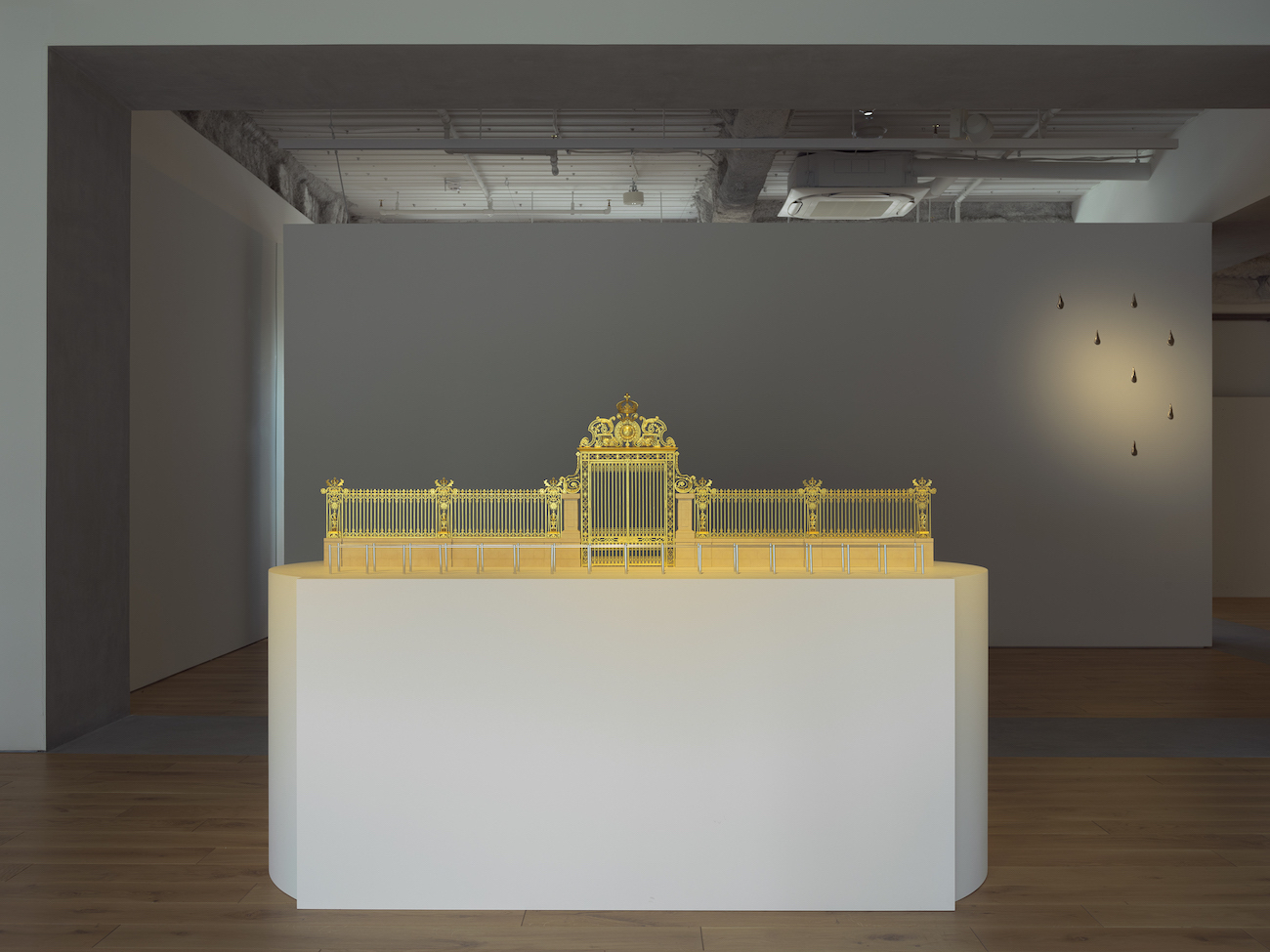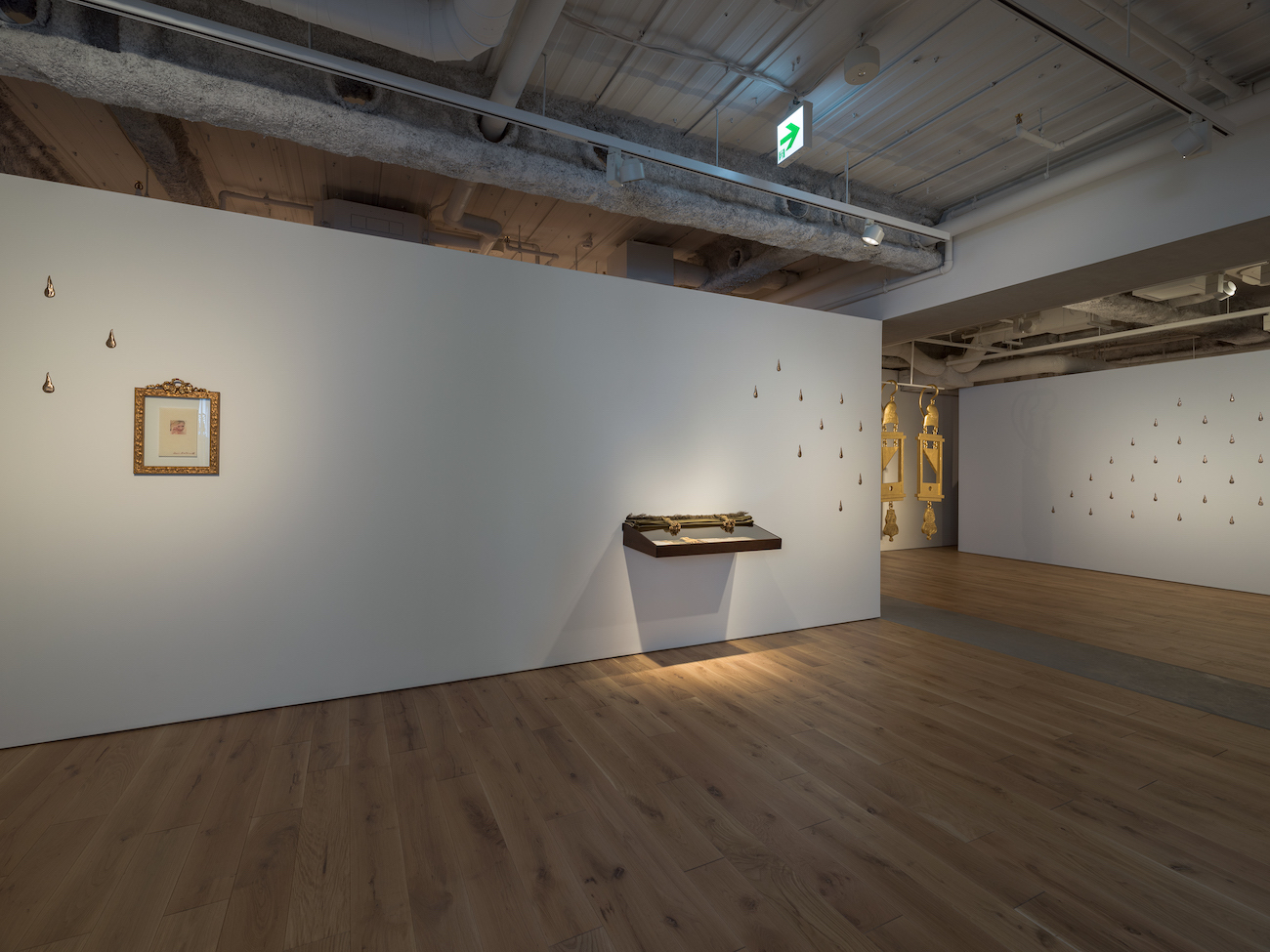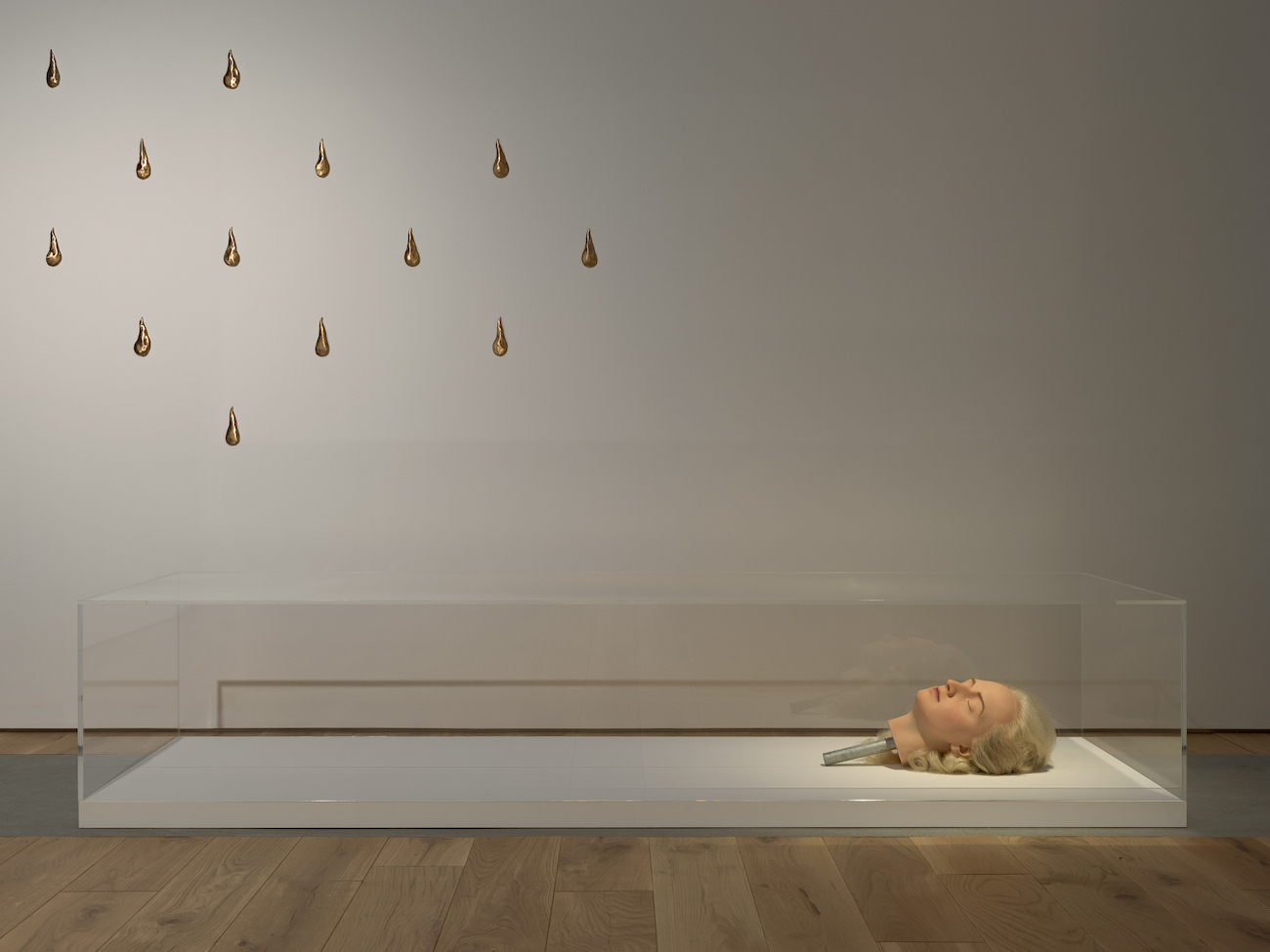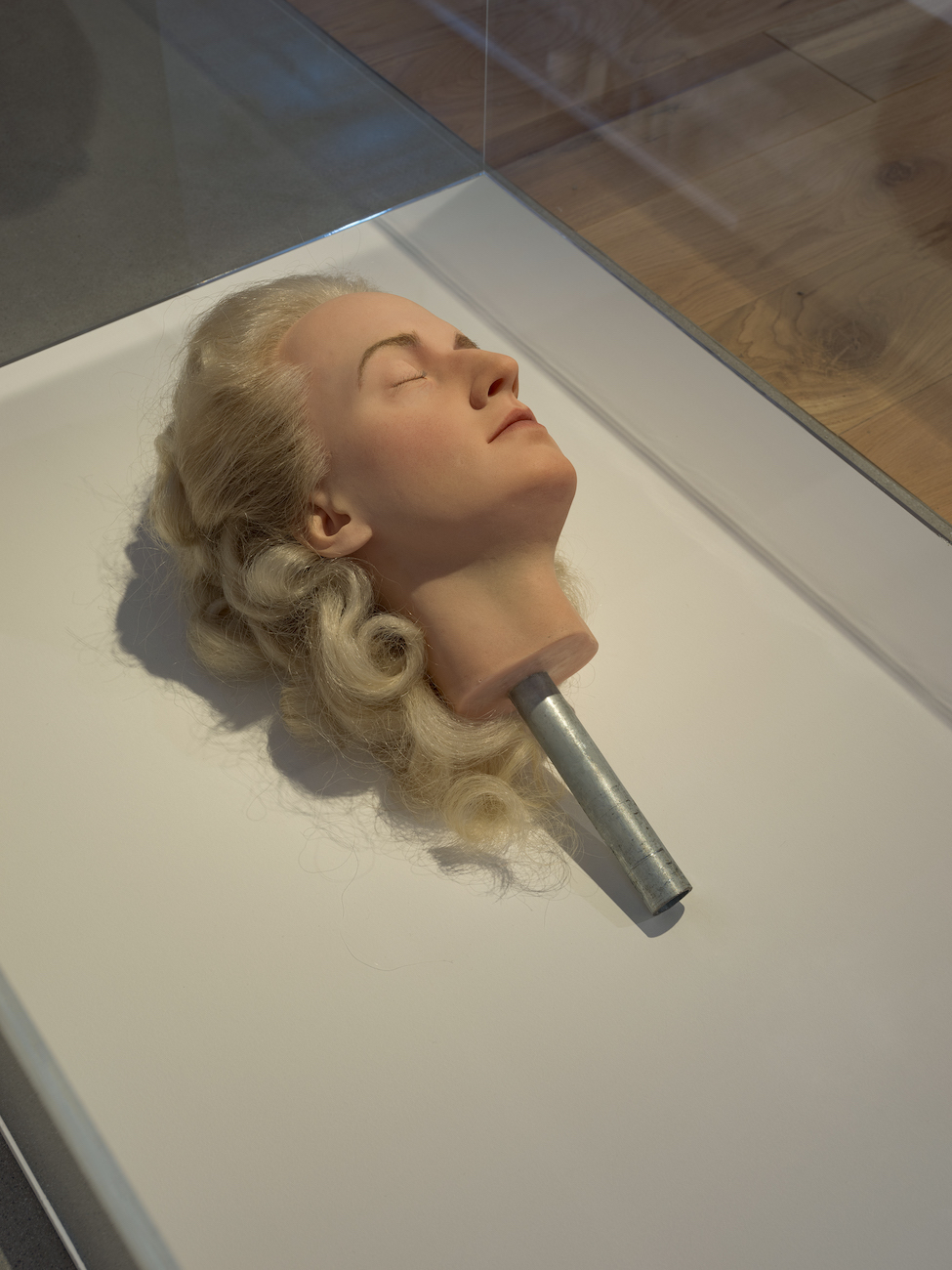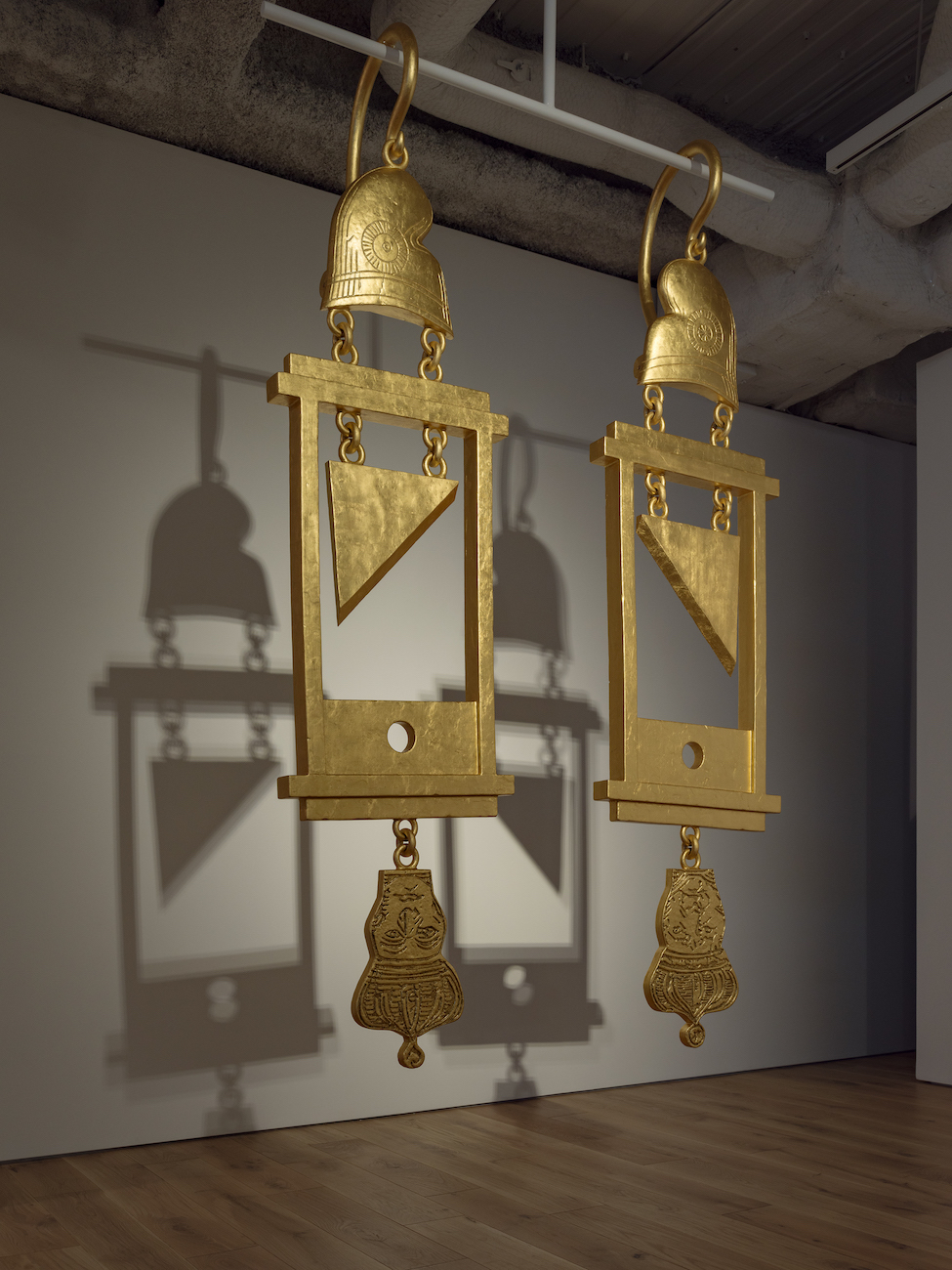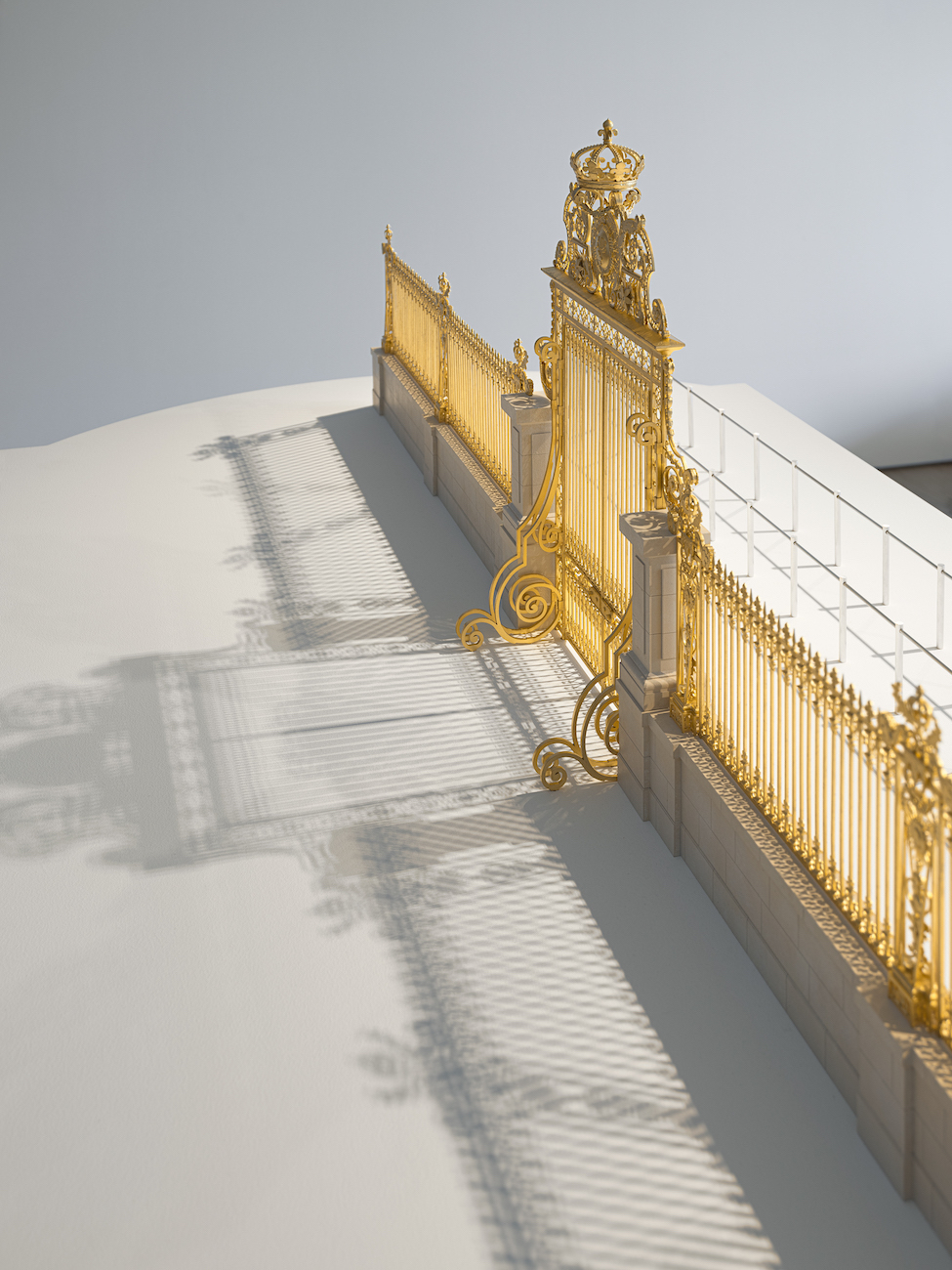TARO NASU is pleased to announce a solo exhibition by Simon Fujiwara, “The Antoinette Effect”, starting from July 13, 2019.
Simon Fujiwara
Born in the UK in 1982. Now based in Berlin.
Won the Cartier Prize at the Frieze Art Fair in 2010.
His selected exhibitions include “Storylines: Contemporary Art at the Guggenheim”(Solomon R. Guggenheim Museum, NY) and “History is Now: 7 artists take on Britain” (Hayward Gallery, London) in 2015, “Un Nouveau Festival” (Pompidou Center, Paris) in 2014, “Grand Tour” (Herzog Anton Ulrich Museum, Germany) and “The Problem of the Rock” (Dazaifu Tenmangu, Fukuoka) in 2013, and “Simon Fujiwara: Since 1982” (Tate St Ives, UK) in 2012.
Fujiwara has also participated in numerous international exhibitions, such as the 2nd Sharja Biennale in 2013, the 9th Shanghai Biennale in 2012, and the 53rd Vienna Biennale in 2009.
An exhibition that takes Marie Antoinette as a starting point to explore the blending of economy, ingenuity, violence and fantasy in society. The exhibition focuses on specific elements of Marie Antoinette, focused mainly around her death and afterlife, how her image and story have been used to create objects and industries. This is a diverse approach to the usual focus on the ‘lavish life’ she lived. The works explore how humans invent ways to convert and exploit narratives even as gruesome as the execution of Marie Antoinette’s and turn them into industries. It also explores technology and new media in relation to Marie Antoinette’s life and death signaled a revolution and coincided with a period of early enlightenment and the emergence of new technologies such as emerging mass print press, the invention of the guillotine as a ‘democratic form of execution – done by a machine, a nobody’. Due to the increasing power of the masses and the lowering costs of printing press, Marie Antoinette became a mass celebrity, an early example of a ‘femme fatale’ that continues to be a powerful economy today.
